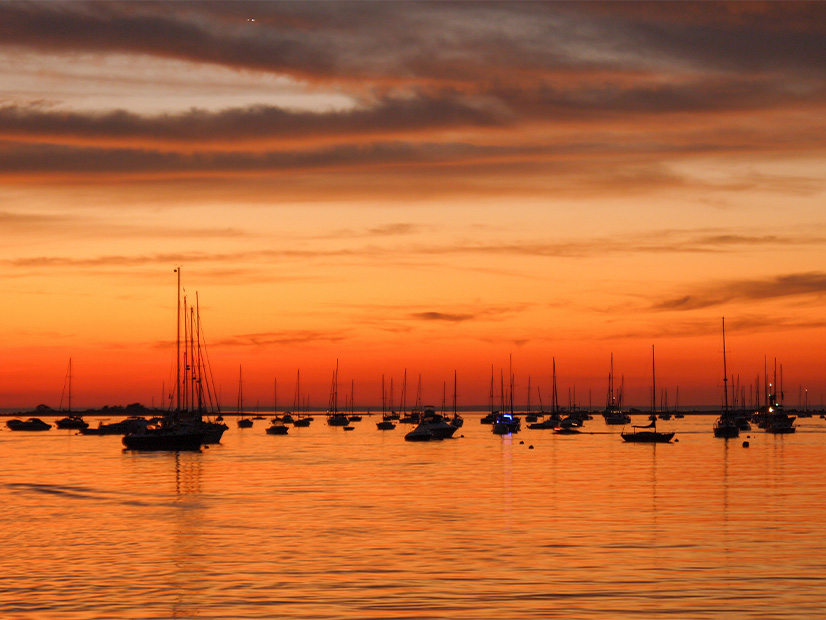
The New York State Energy Research and Development Authority last week issued an update on the potential challenges to routing transmission cables to the fleet of wind turbines planned off the New York coast.
NYSERDA has been working since August 2021 on the Offshore Wind Cable Corridor Constraints Assessment as part of the state’s drive to achieve a carbon-free power grid.
Five OSW projects totaling 4.5 GW are under development in New York; the state’s Climate Leadership and Community Protection Act mandates that 9 GW of OSW generation be in place by 2035.
The assessment is targeted for completion late this year. It seeks to:
- document the environmental, technical and stakeholder constraints of potential undersea and overland cable corridors;
- document the opportunities, concerns, impacts and risks of these corridors;
- inform future policy actions to maximize benefits associated with the new OSW infrastructure;
- minimize conflicts and impacts while following a timeline that reaches the 9-gigawatt goal by the 2035 deadline.
In its progress report submitted Sept. 1 to the New York Public Service Commission, NYSERDA said the Cable Working Group, which is performing the assessment, broke New York’s waters into four separate areas, each with different characteristics and potential constraints on installation, operation and maintenance of OSW cables.
Offshore, specific zones and subzones were identified with similar characteristics and constraints. On land, zone boundaries were drawn to optimize existing rights of way used for electric or gas transmission, elevated roadways and passenger rail lines in the densely constructed region.
In the South Shore Approach Area — the Atlantic Ocean south of Long Island — commercial fishing, including bottom trawling, recreational fishing and existing utilities (pipelines, telecommunications and transmission cables) present the most significant challenges to OSW cables, the assessment has determined.
In the Long Island Sound Approach Area — waters north and east of Long Island, from Block Island Sound to the East River — marine geology, commercial and recreational uses, aquatic resources and cultural concerns are flagged. There is, for example, a strong tidal currant, shallow zones, scour, boulder fields, a hard seabed, slopes greater than 10%, sensitive resources such as cold-water coral, shipwrecks and, in the westernmost end, anchorage areas.
In the New York Harbor Approach Area — the Upper and Lower harbors and the Hudson and East rivers — surface traffic is a major concern, with federally designated navigation channels and anchorage areas, heavy commercial shipping and passenger ferry traffic, narrowing waterways and the presence of pleasure craft.
In the Landfall and Overland Area — New York City and Long Island, and the places on both where undersea cables would make landfall and interconnect with the grid — the potential constraints are many and varied. Most prevalent is topography, as slopes exceeding 15% exist in all 25 zones designated on shore. There are potential environmental justice concerns in 23 of the 25 zones. Federal Highway Administration review and authorization would be required to site transmission lines along FHA-funded highways. Fish and wildlife habitats, public beaches, recreational fishing and eelgrass are other potential constraints.
The preferred approach would be to avoid negative impacts from all the potential constraints identified, but the assessment suggests steps to minimize or mitigate those impacts that cannot be avoided.
The assessment recommends that OSW cable routing incorporate accepted siting principles and industry experience but also notes that bringing 9 GW of power from the sea to land will require innovation in design, operation and maintenance that goes beyond standards set by previous projects and addresses the specific considerations for each site in New York.
NYSERDA issued a request for information Aug. 30, seeking feedback on whether the draft assessment accurately captures the most significant potential constraints and opportunities arising from the initiative. The comment period closes Oct. 14.


